
Artist Glenn Goldberg sat down with painter Mary DeVincentis during her recent solo show at Tappeto Volante Projects to explore the connections between personal experience and artistic expression. Their conversation reveals an artist whose work emerges from a lifetime of witnessing — from childhood visits to a state hospital where her mother worked as an art therapist, to her journey through loss and spiritual questioning. They discuss her latest series: paintings of solitary women who inhabit liminal spaces between memory and projection. DeVincentis discusses how her recent discovery of aphantasia — the inability to form mental images — has shaped her simplified visual vocabulary. She also draws inspiration from mythological women punished for disobedience, reimagining them as empowered by their behavior.
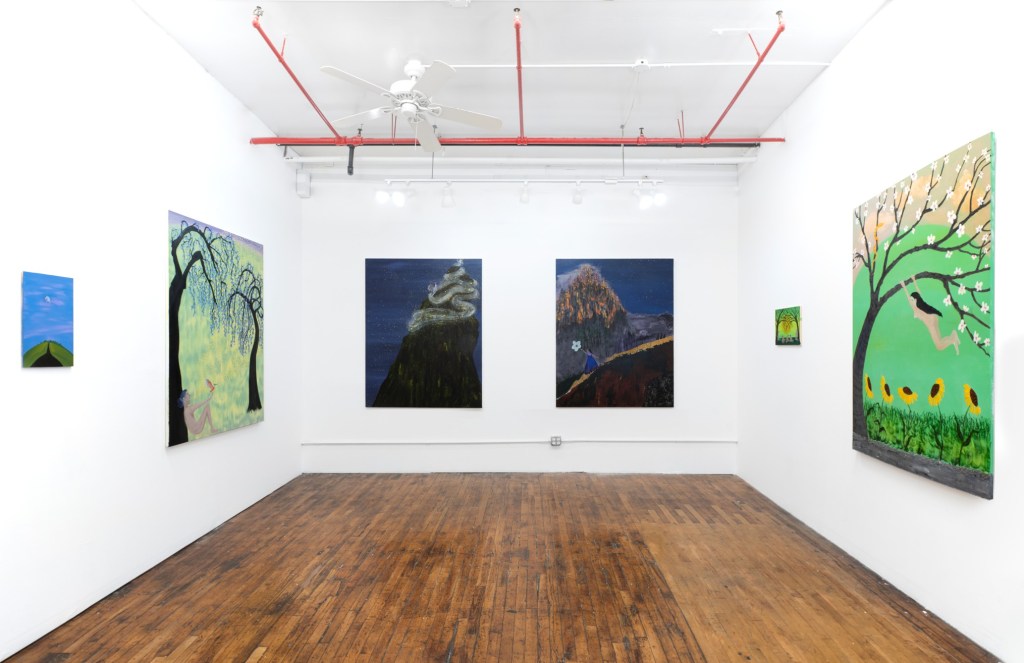
Glenn Goldberg: Let’s start with something that caught my attention. I did some research and learned that your mother worked as an art therapist/teacher at the Delaware State Hospital in the 1960s and that you sometimes accompanied her to work. That environment—people making art from need and passion—feels important. How did that affect your ideas about what art could be?
Mary DeVincentis: It had a profound influence. My mother was a trained artist. She graduated from what is now the University of the Arts in Philadelphia. Although she became a housewife and mother, she never stopped painting and was my first and most important source of inspiration. There was a fully supplied ceramics room and painting area on the hospital grounds for the resident patients. What struck me was how uniquely individual their art-making was. They weren’t trying to impress anyone. They were using art as a way to make sense of their internal world. One man, Mr. Lamont, had been lobotomized, ostensibly to curb his violent impulses. He would paint these very meticulous, almost Renaissance-style portraits and then cover them over in glazes of gray paint, perhaps reflecting his emotional reality post-lobotomy. I didn’t have the language then, but I knew he was communicating something important, something true to him. That taught me very early on that art doesn’t need to be performative. It can be an act of survival, of healing, of witnessing.
GG: I know that you studied at MICA in Baltimore. Who did you study with while you were there? What kind of paintings were you making then?
MDV: I studied with Raoul Middleman and was painting observational paintings. Trees, skies, fields. Raoul was brilliant, funny, and deeply affirming. He encouraged his students to be bold, to take painting seriously as a vocation. His belief in the vitality of painting gave me confidence when I was just starting out. But in those years, both my parents died and my older sister was diagnosed with a serious mental illness. The act of standing in a field, painting a landscape, began to feel disconnected from my internal experience. It became clear that I needed my work to embody emotion, express meaning, maybe even be a kind of symbolic healing—but I didn’t have the tools for that yet. I stopped painting and turned to printmaking. Post-grad, I ended up studying in London at Central Saint Martins, where a professor introduced me to monotype techniques, and something just clicked. Monotypes opened the door for me. Their immediacy, their impermanence—they taught me to surrender, to work quickly and trust my impulses. That loosened something and enabled me to take risks with both form and content. Over time, I found my way back to painting with renewed energy and conviction.
GG: In this new body of work, there is a lot of confidence. The images are distilled, but bold. There’s clarity but also nuance. Would you say that you are in a place where you know what to do and you are being very direct about your decisions?
MDV: Yes, I would. Part of the distillation has to do with discovering some years back that I have aphantasia—I can’t form mental images in my mind. I can describe things vividly, but I can’t see them in my head. So, over many years, I’ve developed a visual vocabulary that is simplified, emblematic. It’s not about reproducing what I see, but about constructing space and figure from feeling, from instinct and imagination. Also, the paintings in this show were made over a three-to-four-month period of intensive effort. I worked across several canvases at once, moving between them. There was a flow. And I think that level of focused energy, commitment and consistency comes through.

GG: Many of your paintings depict solitary, nude women who seem strong, content and free. Do they emerge from mythology? Are they archetypes?
MDV: They’re a mix. I don’t usually start with an archetype in mind, but patterns emerge. In this series, I kept returning to women from myth who were punished for disobedience. Lot’s wife, for example. She looked back, and for that, she was turned to salt. But her turning back was most likely an expression of love and grief. I began reimagining these women as empowered in their so-called transgressions.
GG: Would you tell us a bit about the painting titled New Day, New Dawn, and I’m Feeling Good?
MDV: Yes. The title comes from the song lyrics of “Feeling Good,” popularized by Nina Simone. It was a key song in the soundtrack of the Wim Wenders film “Perfect Days,” about a man in Tokyo who cleans public toilets. His life is repetitive but the quality of his total presence in each moment as it unfolds is full of grace and beauty. I aspired to make a painting expressive of this kind of expansive orientation to experience.

GG: The sense of time in these works feels a suspended and a bit on pause. The inhabitants in them feel as if something already happened or it is about to happen.
MDV: That’s central. I’m interested in liminal states—emotional bardos. In Buddhist Dzogchen practice, there’s an idea of the “natural state”—presence. But most of us live elsewhere: in memory, in projection. Before the After and After the Before are about that tension—something is just ended, or is about to happen. Stillness that’s full of psychic weather.

GG: How does your process incorporate risk and chance?
MDV: Yes. I rely heavily on unpredictability—pressing wax paper into wet paint, dragging color with cardboard, letting something pool or tear. It breaks the illusion of control. Often the most resonant parts of the painting come from accidents. That unpredictability makes it feel alive—like I’m in dialogue with the work, not just dictating it.

GG: There’s one special small, green painting where small dots hover around the eyes of every person and gather on the ground below. It is not clear if they’re being released or absorbed. Can you share your thoughts about what is going on there?
MDV: That one came about while thinking about men crying. The power and potential of that. As I painted the tears, they took on a life of their own and kept multiplying! That’s what I so hope for when I’m painting: the moment when I stop leading and the painting takes over and creates something more visually complex than I intended.

GG: Let’s do a classic word game. I’ll say a word and you respond however you like.
MDV: Okay—let’s try.
GG: Confusion.
MDV: Uncomfortable, but potentially transformative. It means something’s shifting.
GG: Empathy.

MDV: Essential. But not passive. It requires courage—to witness without judgment.
GG: Devotion.
MDV: Devotion is committing to something larger than one’s self. My painting in the front room, “The Sower,” is an homage to Van Gogh’s many paintings of sowers, who function as agents of generativity, creation, cultivation. I like to think of those paintings of his as self-portraits, expressive of his devotion to humanity, to art, to life, to love.
GG: God
MDV: There’s a painting in the front room that wrestles with that idea. It shows Eve giving the finger. It’s deliberate. It’s a refusal of the patriarchal God—the punisher, the authoritarian father. That version of divinity never felt true to me. I’m not rejecting spirituality. I’m rejecting the framework that says we’re sinful, broken, lesser. I believe in a divinity that’s spacious, loving, nonhierarchical. Not a being judging from above, but an essence we’re all part of—and that’s part of us. Something expansive. Something alive in presence, in love, even in irreverence. That is the spiritual space I want to live in—and paint from.

GG: Outside of painting, what else do you spend time doing or thinking about?
MDV: Existential questions. What does it mean to live well? What happens when we die? How do we carry our awareness of impermanence without shutting down? I listen deeply and look carefully. Nature grounds me. Insight comes more through being than through thinking.
GG: Mary, thank you for you candor, authenticity and for sharing with all of us.
MDV: Thank you, Glenn. And thank you all for being here. It means the world to me.
“Mary DeVincentis: Know Your Garden”; Tappeto Volante Projects, 126 13th St, Brooklyn, NY.
May 27 – Jun 29, 2025.

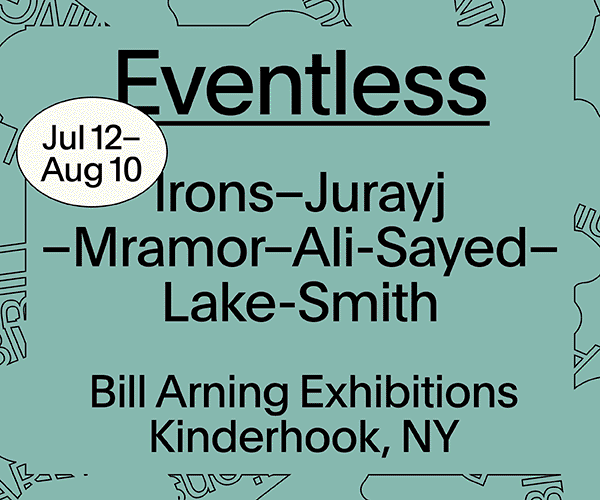
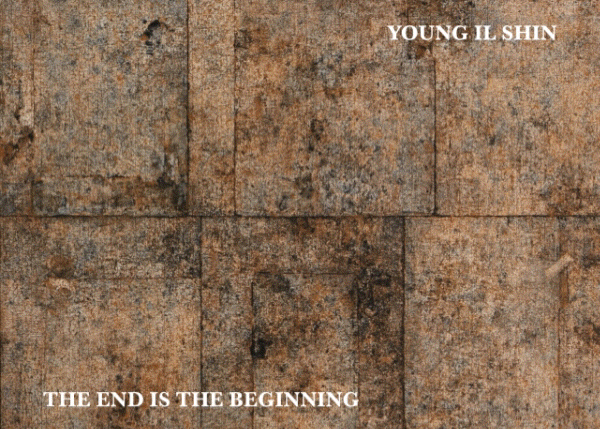
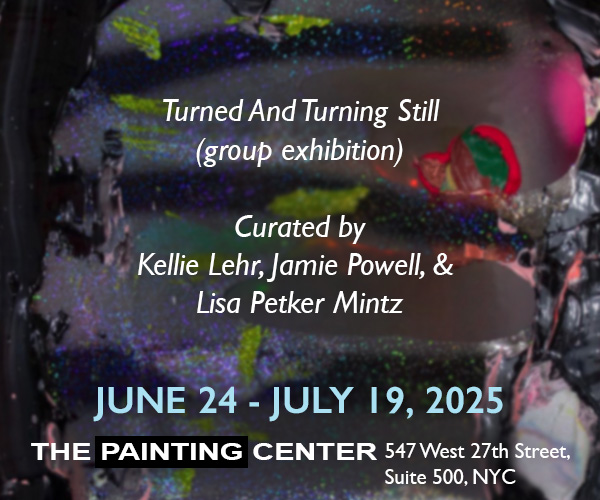
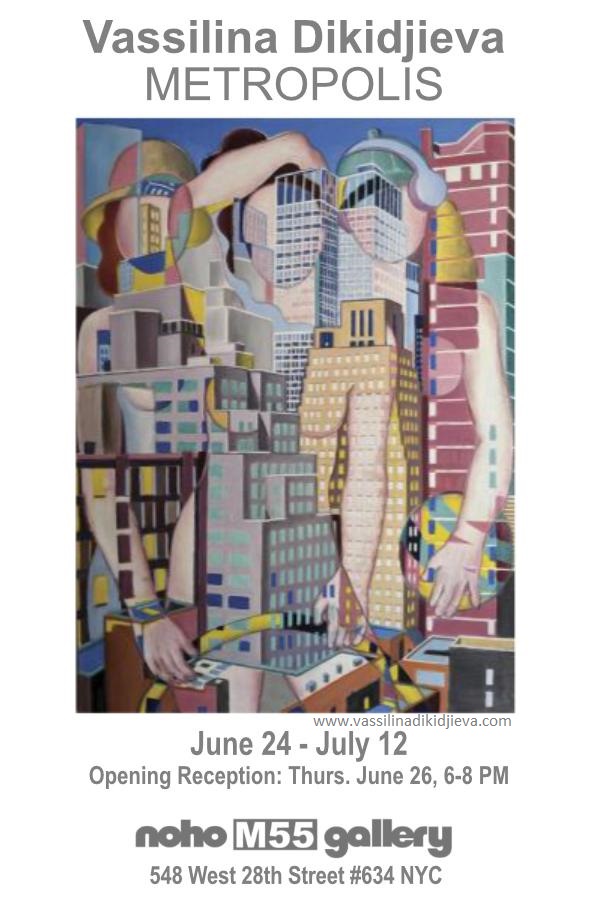
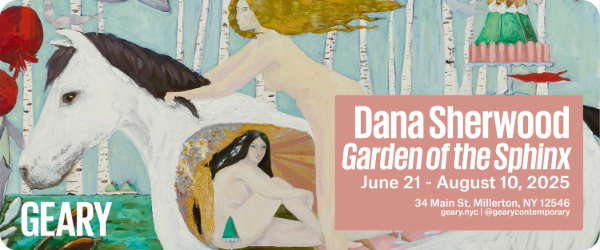










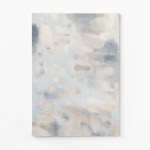
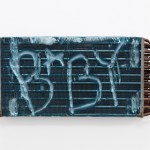
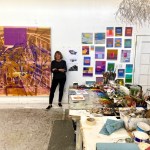
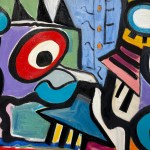
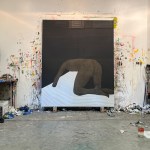
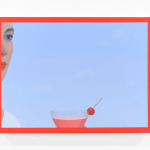
so happy to of found this conversation to read.
a little confounding, but then sometimes so seemed your work.
i hope i am only less troubled now by the work, and can fully allow myself to be altered.
i think i am, so thank you.